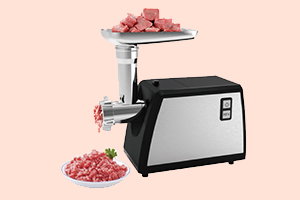7 Ways to Develop an Effective Pricing Strategy for Your New Product
Launching a new product is an exciting moment, and establishing the right price is crucial to its success. A well-thought-out pricing strategy not only covers costs but also maximizes your profit while positioning your product appealingly in the market. Here are the critical factors that should influence your pricing decisions:
1. Cost-Plus Pricing:
Start by calculating the total cost of production, which includes materials, labor, and overheads. Add a markup percentage to ensure profitability. This straightforward approach ensures all costs are covered.
2. Value-Based Pricing:
Price your product based on the perceived value to the customer rather than just the cost to produce it. This requires understanding your customers' needs and how much they are willing to pay for the benefits your product offers.
3. Competitive Analysis:
Analyze your competitors’ pricing to gauge where your product fits into the market. Pricing too high without a clear value advantage can hinder your market entry, while pricing too low might undercut your brand’s perceived value.
4. Psychological Pricing:
Consider the psychological aspects of pricing, such as setting the price just below a round number (e.g., $19.99 instead of $20) to make the price seem lower than it is.
5. Penetration Pricing:
If your goal is to enter a competitive market and quickly gain market share, consider setting a lower price initially to attract customers away from competitors. You can raise prices once your product is established.
6. Premium Pricing:
For products that offer distinctive qualities or brand prestige, setting a higher price can create a perception of exclusivity and superior quality.
7. Dynamic Pricing:
Use technology to adjust prices in real time based on market demand, competitor prices, and other external factors. This approach is common in industries like hospitality and airlines.
Actionable Steps to Implement:
1. Conduct thorough market research to understand customer perceptions and competitor strategies.
2. Develop a detailed cost analysis to ensure all financial aspects are considered.
3. Regularly review your pricing strategy to adapt to market changes and cost fluctuations.
A robust pricing strategy is key to your product’s market success. By considering these factors, you can determine the optimal price point that attracts customers, covers costs, and maximizes profits.


















































































